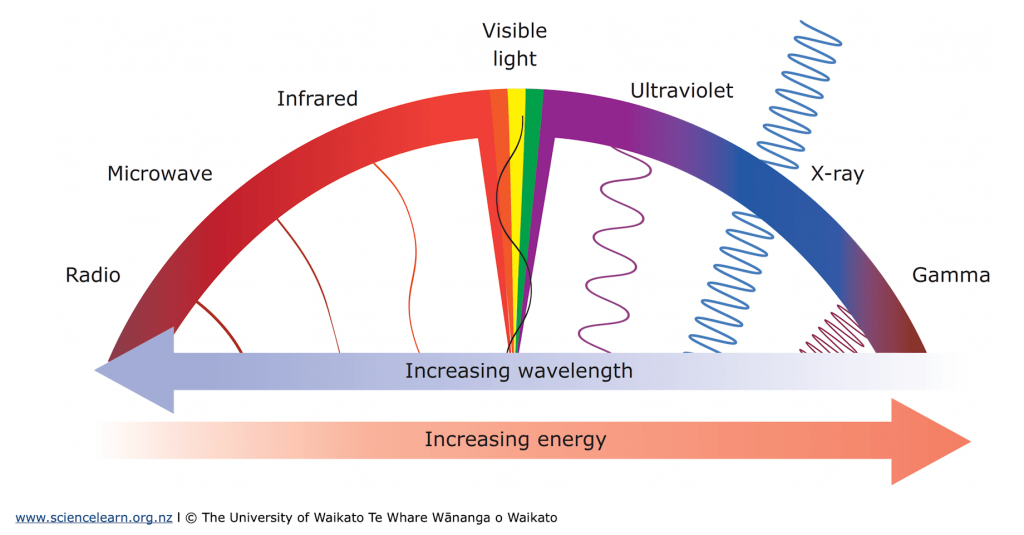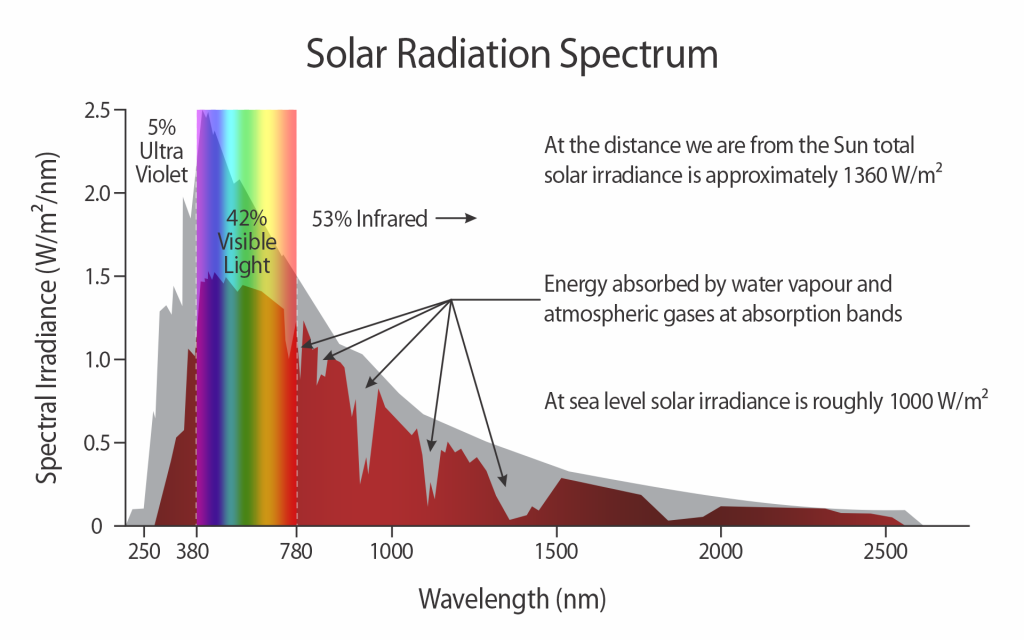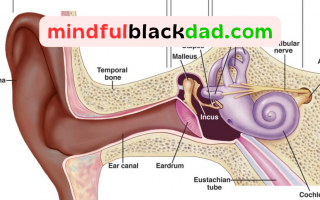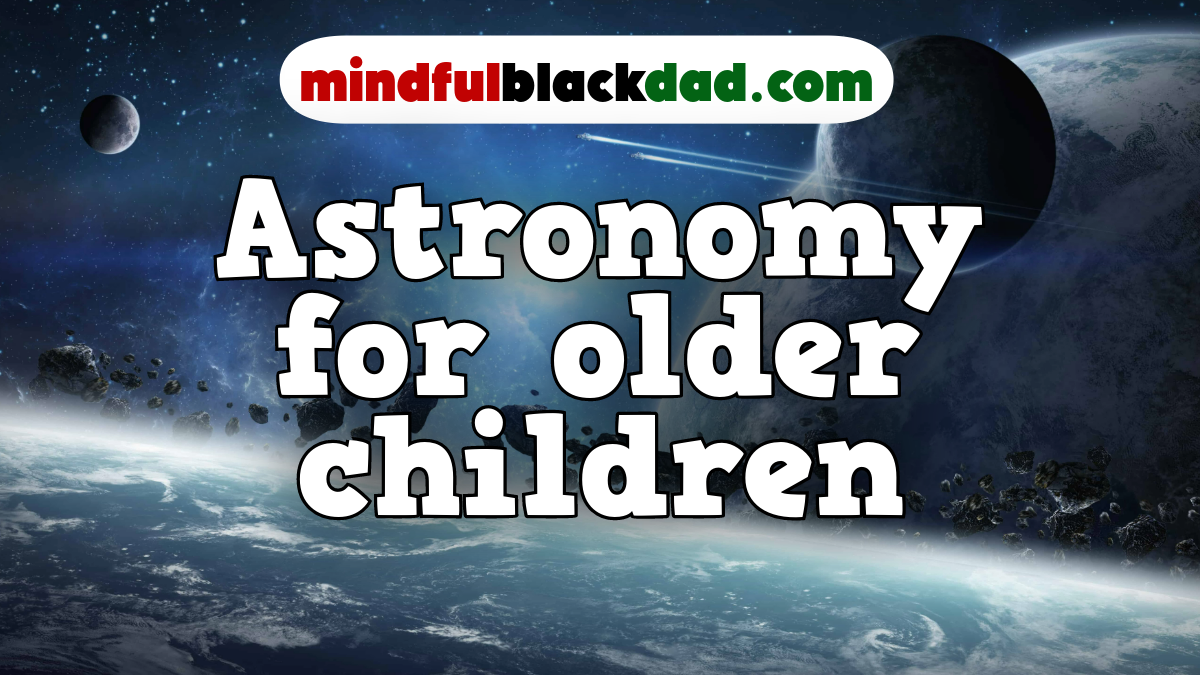Light is all around us — from the warm glow of the sun to the flicker of a lamp. But at its most basic level, light is energy, and it behaves in fascinating ways. To really understand it, we need to look at it on a tiny, quantum scale.
Photons as particles and waves
Light is made up of particles called photons. Photons are the smallest portion of light on which travel through space in waves. Unlike other forms of energy such as sound or electricity, photons do not need a physical medium to move and so they can travel through the vacuum of space. This is why the light from the sun takes just a few minutes to travel 150 million miles to reach us here on Earth!
As with any waves, it’s possible to measure the distance between the peaks of light waves. The wavelength — or the distance between each wave — helps us define different types of light. The shorter the wavelength, the more energy the photon carries.

The visible light we can see with our eyes is just a small part of a much bigger family called the electromagnetic spectrum. On one end of the spectrum are radio waves, which have long wavelengths and low energy. On the other end are gamma rays, with extremely short wavelengths and very high energy.
In the middle, we find infrared, visible, and ultraviolet (UV) light. While UV light is often mentioned in the context of sunburn or skin damage, it’s not purely harmful. In the right amounts, UV light helps our bodies make vitamin D and also supports other natural processes like the release of nitric oxide, which helps lower blood pressure.
Most sunlight is invisible to humans
What many people don’t realise is that most of the sunlight that reaches the Earth is actually invisible to humans. We call it infrared light which means it has wavelengths that are beyond (infra) red. We can’t see it, but we can feel it as warmth on our skin. Infrared light plays a key role in keeping our planet at a liveable temperature and has many other important impacts on our health and wellbeing.

Sunlight is absolutely crucial for life. It powers photosynthesis, the process plants use to make food and release oxygen. It regulates biological rhythms, supports health, and has shaped the development of nearly every living thing on Earth. And it’s thanks to eumelanin in our bodies that we are able to get the benefits of sunlight while avoiding being harmed by it’s power.
So when we talk about light, we’re really talking about nature’s original energy source — a complex, life-sustaining force that connects the sky to our cells in ways both visible and invisible





[…] are biological photons, pulses of light that are produced and radiated by cells in living organisms including humans. […]
[…] (UV) light is a type of electromagnetic radiation, sitting just beyond the violet end of the visible spectrum. Though we can’t see it with the […]
[…] can’t stay there for long. When they fall back to their original level, they release energy as a photon — a small burst of […]
[…] eyes are actually reflecting most of the light that hits them. The light waves — also known as photons — bounce off the surface and come straight back into our eyes. That’s why the object looks […]